Private sector poised to drive Kenya–Uganda Expressway investment
Plans are underway to construct new flyovers and upgrade existing roads along this key route - a development set to ease mobility, enhance trade, and spur regional integration across East Africa.
Private sector poised to drive Kenya–Uganda Expressway investment
By Titus Kakembo
Journalists @New Vision
__________________
The long-awaited transformation of the busy transport corridor stretching from Busia through Tororo, Kamuli, Jinja, and Kampala is finally taking shape.
Plans are underway to construct new flyovers and upgrade existing roads along this key route - a development set to ease mobility, enhance trade, and spur regional integration across East Africa.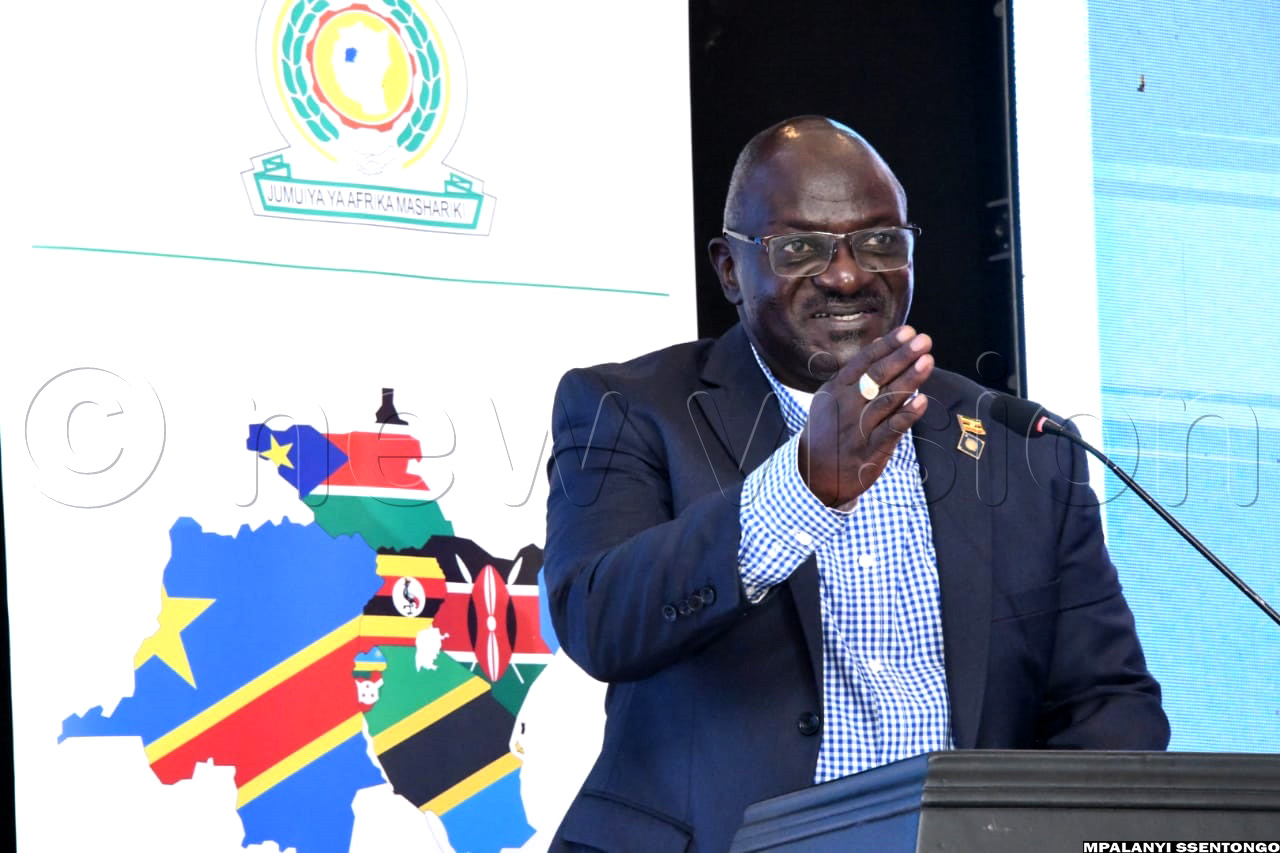
This announcement came from the Minister of Works and Transport, Gen. Katumba Wamala, while closing the two-day Market Sounding Conference for the Development of the Kenya–Uganda Multinational Expressway at the Sheraton Hotel, Kampala.
The conference, attended by government officials, investors, and development partners, explored investment opportunities for the expressway under a Public–Private Partnership (PPP) framework.
“We are grateful to the East African Development Bank (EADB) for funding feasibility studies that proved the project is bankable. This is a golden opportunity for the private sector to invest confidently, knowing their returns are guaranteed through a transparent and well-structured PPP model,” Katumba said.
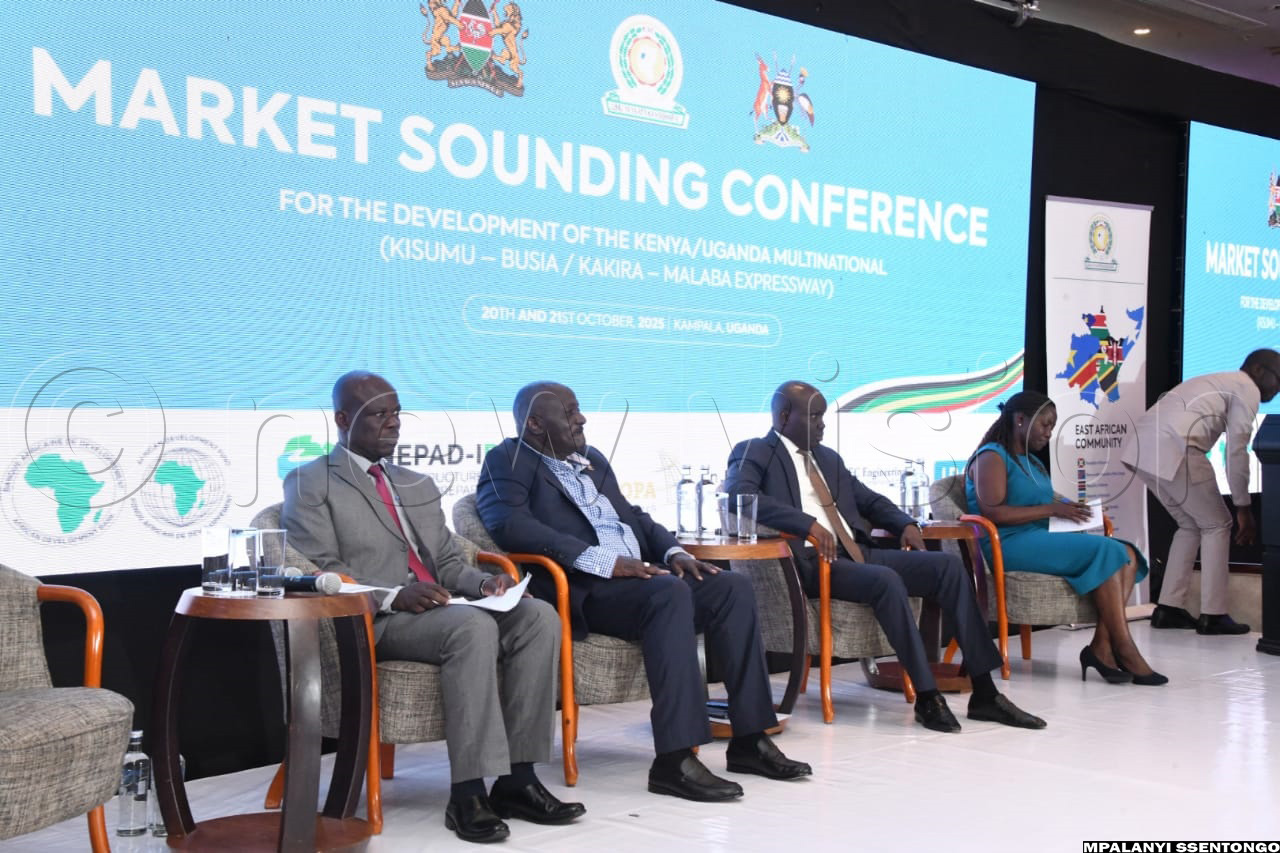
The proposed 193-kilometre expressway, linking Busia and Malaba to Kampala, forms a critical segment of the Northern Corridor - East Africa’s busiest trade and transport route connecting the port of Mombasa to Uganda, Rwanda, South Sudan, and the Democratic Republic of Congo (DRC).
Once complete, the expressway will drastically reduce travel time, cut vehicle operating costs, and streamline cargo movement between Mombasa and Kampala, and traffic jams will be history.
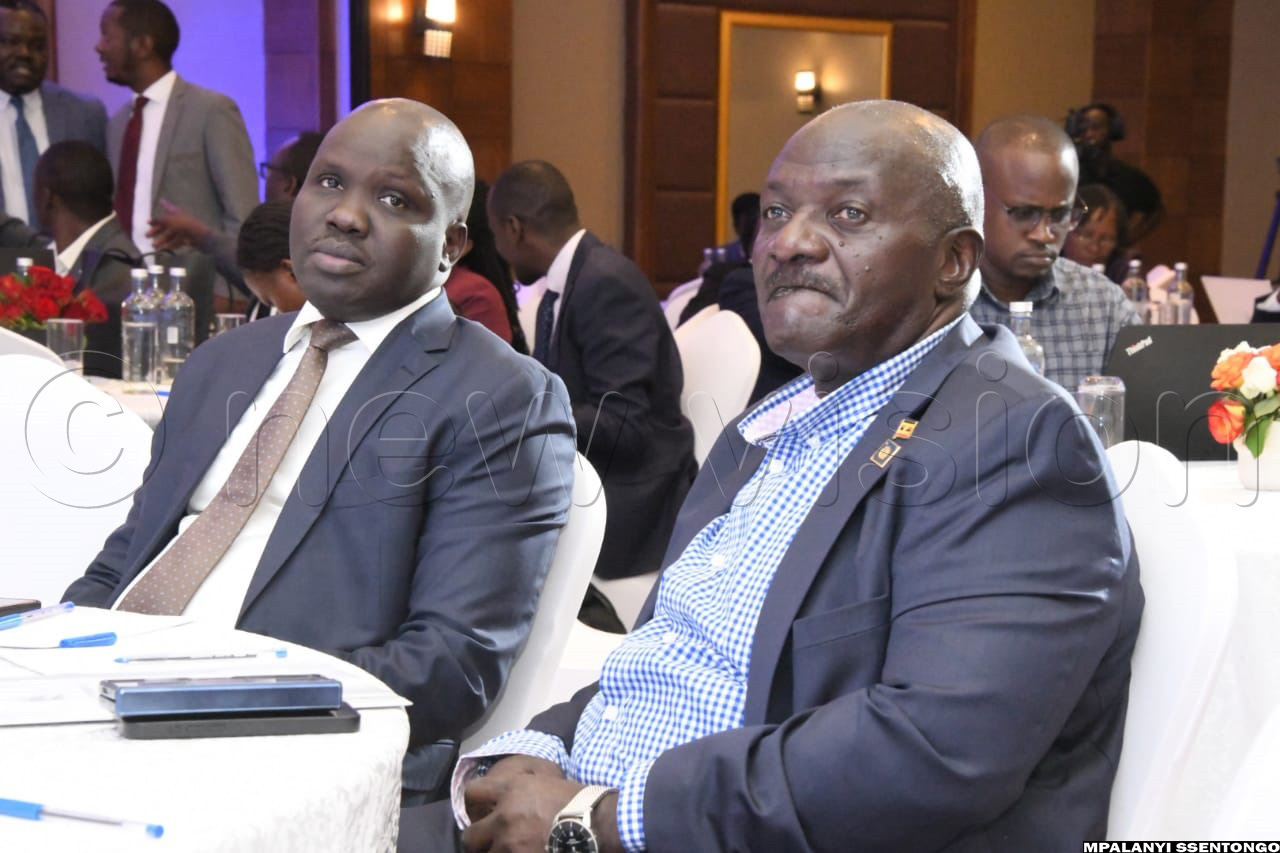
“This project will enhance regional trade efficiency, reduce travel time, and lower the cost of doing business. It will also stimulate industrial growth and create employment in towns along the route,” Katumba emphasised.
During the conference, investors, policymakers, and financial institutions engaged in robust discussions on potential investment models, risk-sharing mechanisms, and sustainable financing structures. They also reviewed environmental safeguards, social inclusion strategies, and traffic projections to ensure the project benefits communities without compromising ecological balance.
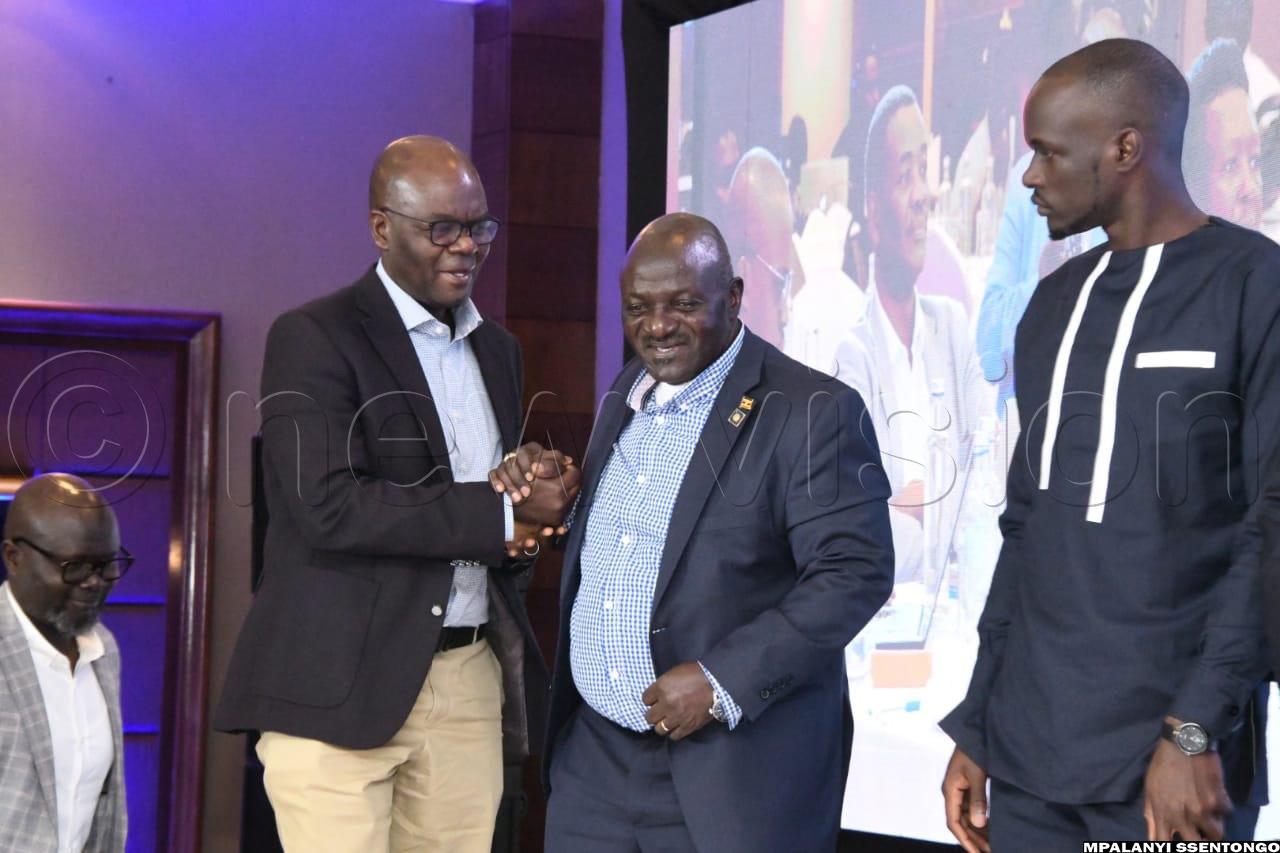
The East African Community (EAC) has placed infrastructure development at the heart of its integration agenda. The Kenya–Uganda Multinational Expressway is one of the flagship projects being prioritised under the upcoming 5th EAC Heads of State Retreat on Infrastructure Development and Financing, slated for later this year in Mombasa, Kenya.
EAC officials encouraged private investors to seize the opportunity, noting that public funding alone cannot meet the region’s growing infrastructure needs.
“The future of transport development in East Africa depends on strong public–private partnerships,” said Engineer Charles Obwon, an EAC delegate. “Governments are creating the enabling environment - now we need investors to inject capital, technology, and innovation to drive implementation.”
Economic ripple effects
The expressway is expected to create thousands of jobs during the construction and operation phases. Improved connectivity will open up rural markets, boost agricultural trade, and increase access to services across eastern and central Uganda. Small-scale traders and transporters stand to benefit from shorter delivery times and reduced fuel consumption, while the tourism and logistics sectors anticipate increased activity along the corridor.
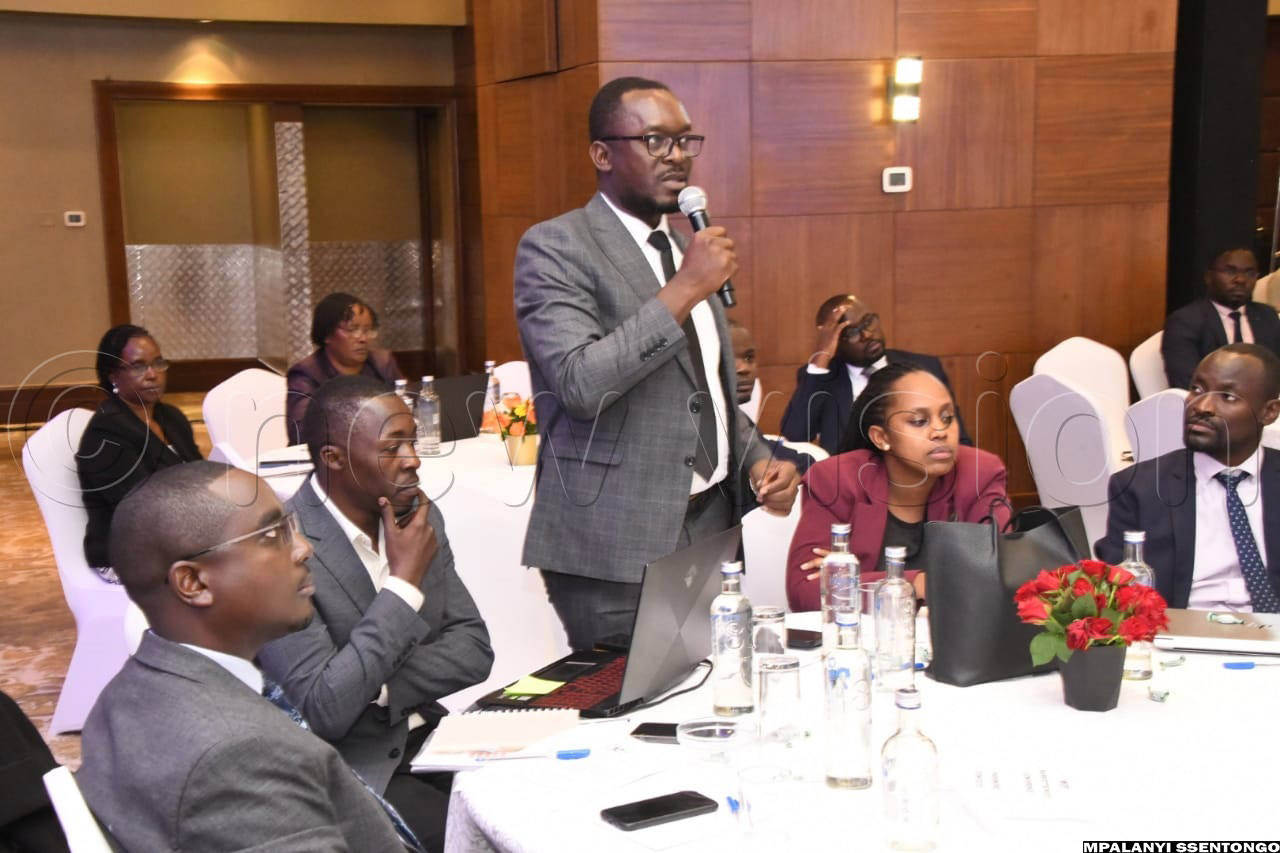
Participants at the workshop lauded both governments’ inclusive approach and commitment.
“It is encouraging to see the private sector being brought in at the planning stage. This ensures that expectations, risks, and returns are clearly understood from the outset - which builds confidence and accountability,” he summed up.
The road ahead
According to the Ministry of Works and Transport, feasibility studies for the expressway have already confirmed its economic and technical viability. The next steps will involve mobilising financing, selecting the most suitable PPP model, and beginning the tendering process for qualified investors.
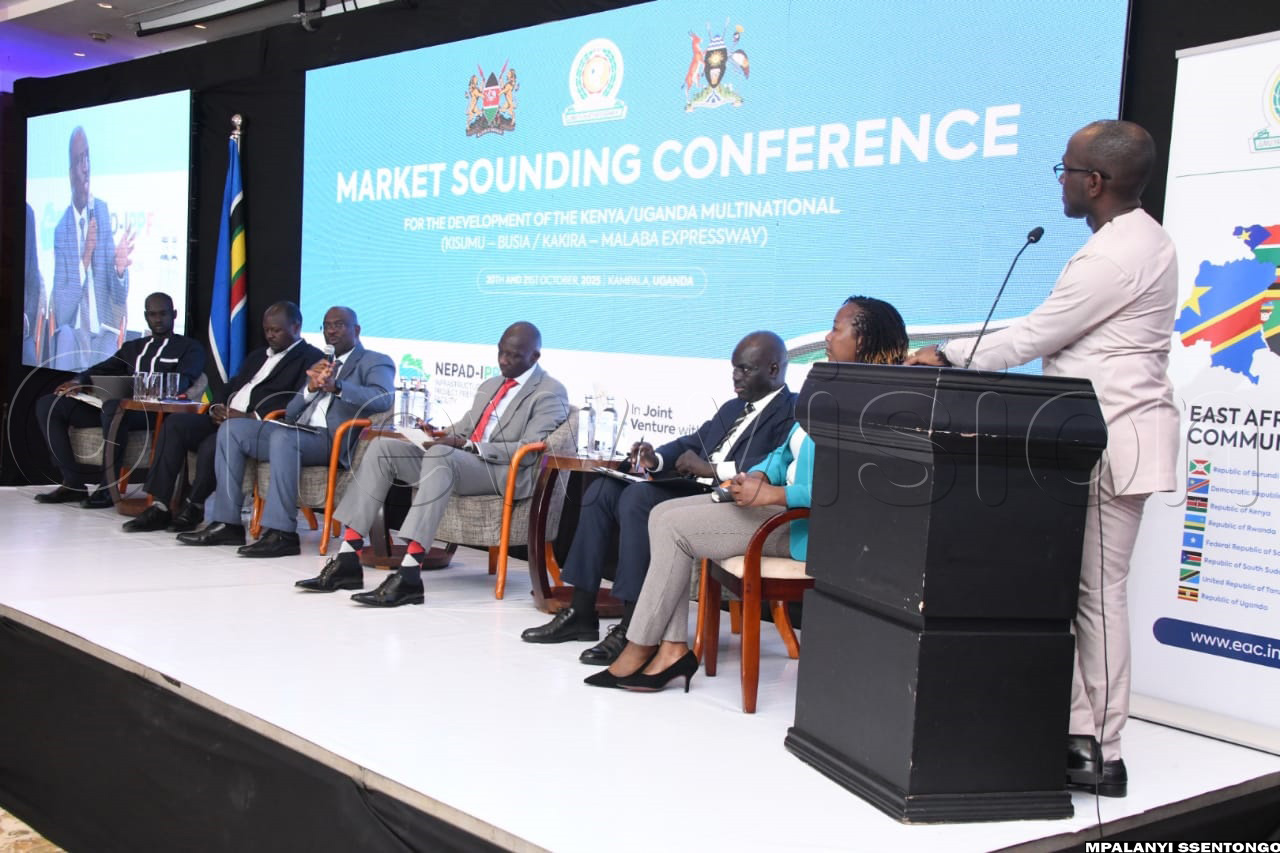
Gen. Katumba reaffirmed Uganda’s readiness to work with credible partners: “Infrastructure is the backbone of our economy. We are committed to ensuring that the Kenya–Uganda Expressway meets international standards and positions East Africa as a globally competitive investment destination.”
As the conference drew to a close, optimism filled the room. The sentiment was unanimous - with cooperation, innovation, and private sector investment, the Kenya–Uganda Multinational Expressway will soon move from blueprint to reality, becoming a symbol of East Africa’s shared commitment to connectivity, prosperity, and progress.
